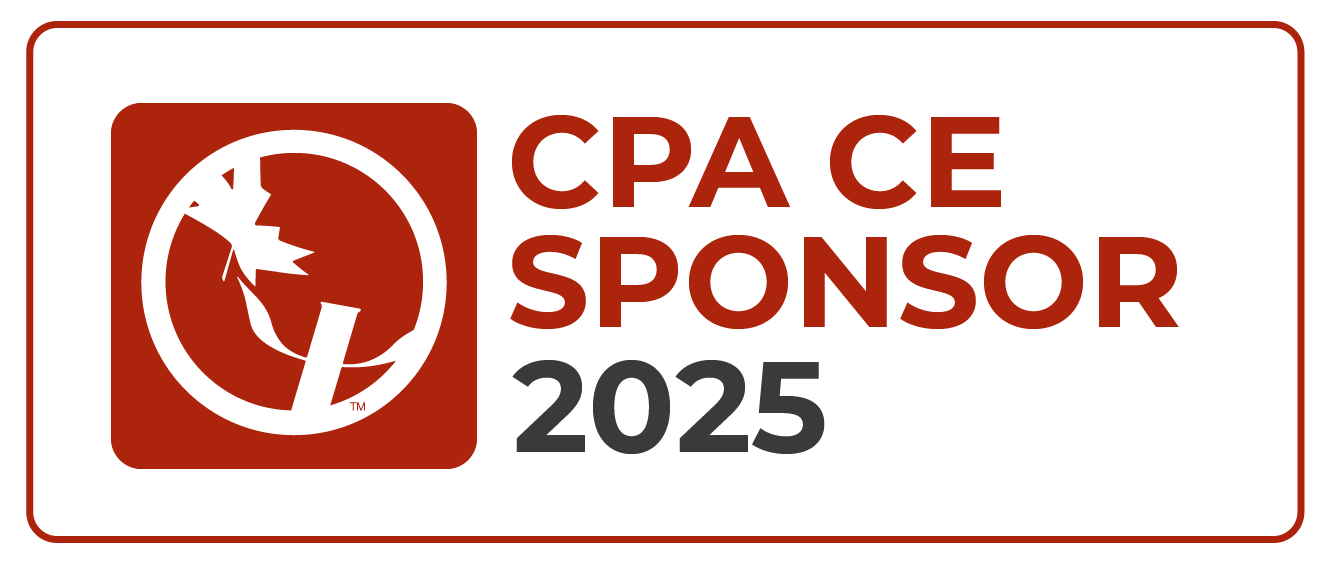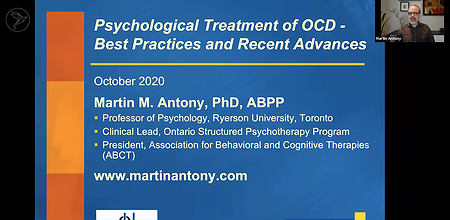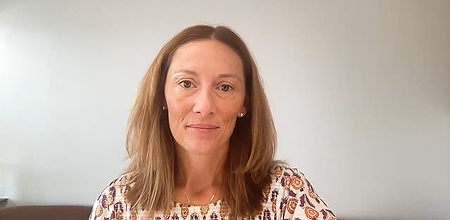This workshop includes theory as well as clinical examples. It includes videos ranging from 5-15 minutes in length. The PowerPoint of the workshop can be downloaded.
Effective exposure therapy for children and adolescents
Prof Michael Southam-Gerow, Psychologist
A Practical Approach to the Treatment of Pathological Anxiety
Excerpt: how exposure works
- 6h of continuing education
- 19 lessons that last from 5 to 15 minutes each
- 1 certificate of achievement
- 1 PowerPoint
- 1 bibliography
- 1 course evaluation
- 4 months access - automatically extended until you complete the course
- 7-day money back guarantee
- 84% of participants who completed the satisfaction survey declare they would recommend this course to a colleague
Overview
Anxiety, in moderate doses, can have many benefits. It can motivate us to put in maximum effort and help us know what matters to us most. However, unrelenting anxiety can interfere with functioning and lead to diagnosable mental health problems in children and adolescents.
As such, anxiety disorders are one of the most common issues found in pediatric clinics today. Fortunately, there are good treatments available. Supported by more than 75 studies, CBT is considered the go-to talk therapy for child and adolescent anxiety, thanks to the great efficacy of exposure.
In this workshop, Dr. Michael Southam-Gerow provides an engaging and practical look at how to perform exposure therapy for anxious children and adolescent. In this workshop, participants will learn validated strategies to practice exposure well. The workshop will include a focus on :
- How a strong initial assessment leads to fear ladders that promote treatment success.
- Foundational psychoeducational principles needed for exposure.
- The basic exposure approach.
- Variations across diagnostic categories.
Unlike our other courses, this one is presented in audio only.
About the expert

Prof Southam-Gerow is originally from Detroit, Michigan. He received his BA degree from the University of Michigan in 1989, completing his honors thesis with Vonnie McLoyd. After three years living in Seattle, he moved to Philadelphia and earned his PhD from Temple University in 1997 working with Phil Kendall. He completed his internship at the UCSD/VAMC consortium in San Diego, California. After a post-doc working with John Weisz at UCLA, he joined VCU as a professor in 2001. His research focuses on dissemination and implementation of treatments for kids and families, measurement of treatment integrity, and emotion regulation in children and adolescents.
Learning objectives
- Increase competence in producing fear ladders that include practical items for use in exposure therapy
- Demonstrate understanding of the psychoeducational teaching points critical to exposure therapy
- Demonstrate competence in the basic sequence used in exposure therapy
- Master multiple techniques used in exposure therapy for children and adolescents to increase confidence across a range of children and adolescent clients with anxiety disorders
Learning material
Syllabus
- PowerPoint
- 1. Introduction
- 2. Exposure Background
- 3. Questions on Exposure Rationale
-
Exposure Overview
- 4. Building a fear ladder
- 5. Group exercise
- 6. For child and caregiver
- 7. Exposure Basics
- 8. How Exposure Works
- 9. Two types of Habituation
-
Troubleshooting: common challenges
- 10. Scenario: Unresponsive patients
- 11. Scenario: Asking questions
- 12. Scenario: Introducing themselves
-
Common variations
- 13. Trauma (Part 1)
- 14. Trauma (Part 2)
- 15. Panic Disorder
- 16. Generalized Anxiety Disorder
-
Working with the Caregiver
- 17. Caregiver involvement
- 18. Supporting Exposure at Home
- 19. Special Cases
- Bibliographie
CE Credits
Download a certificate of successful completion.
Audience
This training is intended for mental health professionals.
Your comments
"I thought the course was very well done, overall. A bit more guidance/tips on how to encourage compliance with completing exposure homework, assessing client motivation.
Thank you for the course!" (automatically translated)
A psychotherapist
Registration
Ask a question
Do you have a question? Then email us at contact@asadis.net
Frequently asked questions
-
How long do I have access to the course?
After your registration, the course is accessible anytime and from anywhere for 124 days. And if that’s not enough, we’ll automatically extend your access.
-
When does the course start?
That is entirely up to you! When you buy a course, you'll receive an access link that you can activate when you want.
-
Is there a student rate?
Yes there is! To learn more, email us at contact@asadis.net.
You may also be interested in:
Legal notice
The courses offered by ASADIS are accredited by different professional organisations. In addition, ASADIS is approved by the Canadian Psychological Association to offer continuing education for psychologists. ASADIS maintains responsibility for the program.
The CPA’s approval of an individual, group, or organization as a CE Sponsor or Provider is restricted to the activities described in the approved application or annual report form. The CPA’s approval does not extend to any other CE activity the Sponsor or Provider might offer. In granting its approval, the CPA assumes no legal or financial obligations to Sponsors, Providers, or to those individuals who might participate in a Sponsor or Provider’s CE activities or programs. Further, responsibility for the content, provision, and delivery of any CE activity approved by the CPA remains that of the CE Sponsor or Provider. The CPA disclaims all legal liability associated with the content, provision, and delivery of the approved CE activity.




